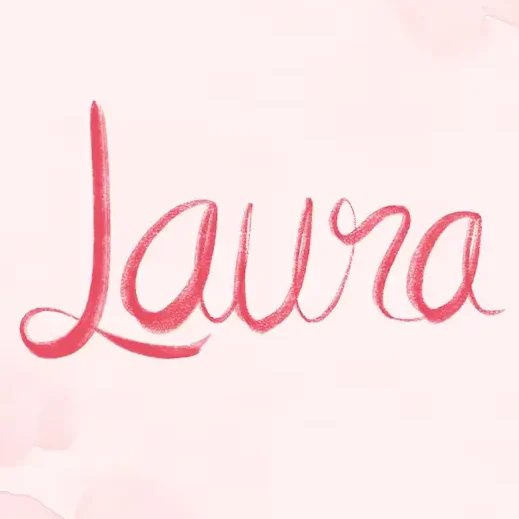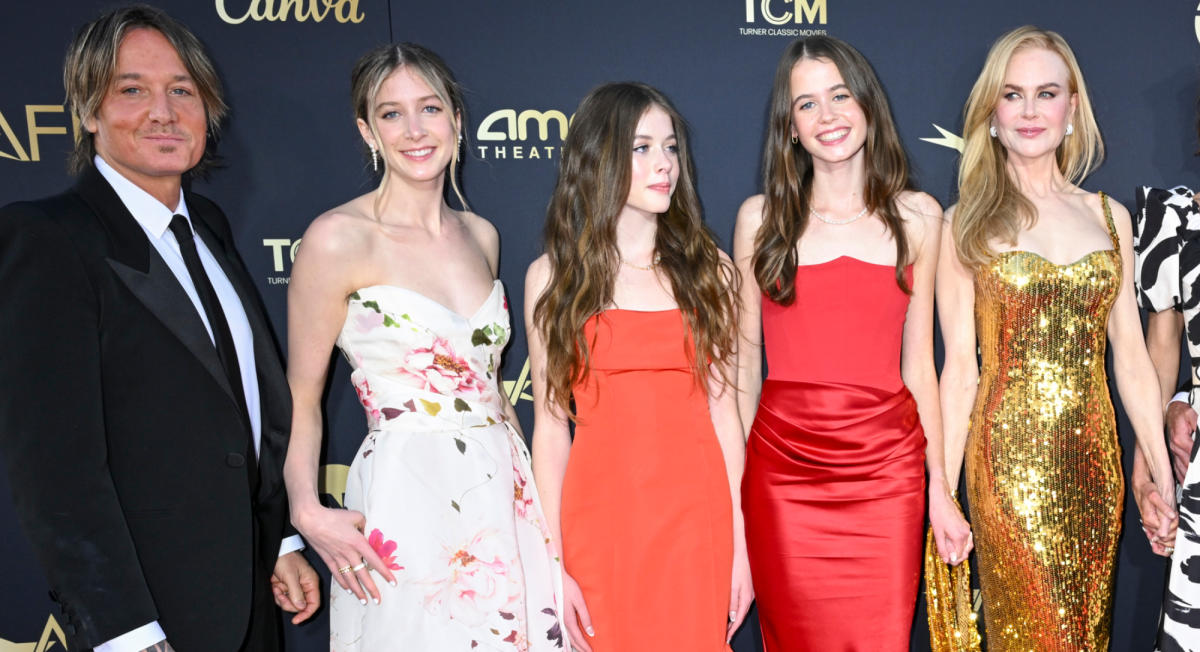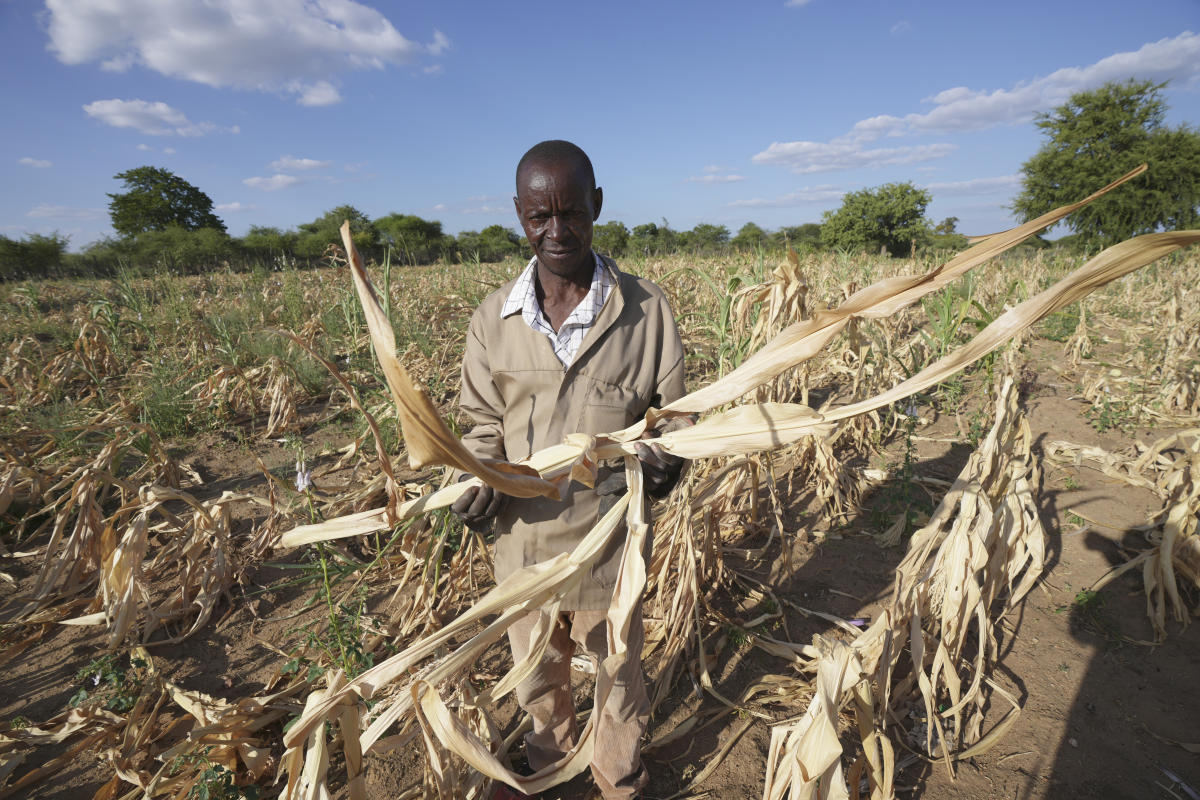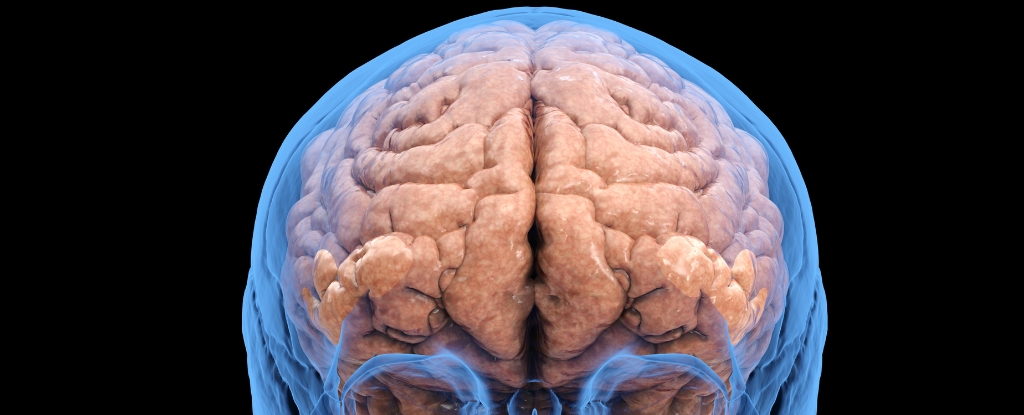The Marvel series “Echo” — which debuted its inaugural trailer on Friday and premieres on Jan. 10 — contains several firsts for the company. It’s the first Marvel Studios production that will debut simultaneously on Disney+ and Hulu, the first that will have every episode available to binge at once and the first that will be rated TV-MA. And most importantly to director and executive producer Sydney Freeland (“Reservation Dogs”), it is the first superhero series ever to center on a deaf and a Native American character: Maya Lopez (Alaqua Cox), who made her debut in the 2021 series “Hawkeye.”
“Representation was extremely important to myself and to everyone on the crew,” Freeland said at a press event for the series in October, where she was joined by executive producer Brad Winderbaum (who’s also head of streaming, television and animation at Marvel). But while the filmmakers said the show had Indigenous and deaf representation in front of and behind the camera, there were further efforts made to ensure a high level of authenticity during production.
More from Variety
Freeland — who is Navajo and grew up on the tribe’s reservation in New Mexico — said she “grew up reading Marvel comic books” and attending powwows, a traditional Native celebration that involves dancing, drum playing, singing and community. “Powwows to me was like somebody in Anaheim going to Disneyland.”
But for Freeland, those two constants in her life never “overlapped,” which was something she was looking forward to connecting throughout the development and production of “Echo.”
First, Freeland said she and the creative team — including head writer Marion Dayre — have re-imagined the character’s Indigeneity, making her a member of the Choctaw tribe from Oklahoma. In the comics, Maya is from the Blackfeet tribe, but Freeland said that the accompanying visuals amounted to a “hodgepodge” of imagery that made for a “muddied” and ultimately inauthentic backstory for the character. (Cox, meanwhile, is a citizen of the Menominee Nation and of Mohican descent.)
The director also insisted on meeting with the Choctaw Nation to get their input and develop a partnership.
“I had a pitch deck and I pitched them the project,’” Freeland said of her meeting with the tribal nation. “‘It’s not going to be earnest, it’s going to be a little more violent, but we feel like there’s a great story behind it.’”
The reaction, according to Freeland: crickets from tribal leaders. At which point, Freeland intuited their concern.
“Basically I said, ‘No, no, we’re not here to tell you what we’re going to do,’” the filmmaker explained. “‘We’re here to create a dialogue so that we can get your input and create a more authentic portrayal of the Choctaw people and culture.’”
While Freeland herself had grown up around Native culture, albeit a different tribe, she admitted that there was a learning curve among members of her team when they attended a Choctaw powwow.
“I could describe it until I was blue in the face, but they had to see it,” she said, referring to her production crew. “My production designer had to see it through his eyes, my first AD had to see it through his eyes. How’s he going to populate the background extras?”
Freeland said that while she took many things for granted, such as what powwows look like and how people dress, her crew approached these scenes from uninitiated eyes.
“My costume designer, when she first came on board, she was like, ‘Okay, we’re going to start making these powwow costumes. Is there a powwow store? Is there a place to go and get this stuff?’” Freeland said. Her reply: “No. Everything is custom-made.” Freeland insisted on bringing actual powwow dancers to where they were filming in Georgia to “recreate a palette from the ground up.”
That imagery is integral to the series, which will delve into Lopez’s matrilineal ancestors, and also stars Indigenous actors Zahn McClarnon (“Dark Winds”), Graham Greene (“Dances With Wolves,” “Wind River”) Tantoo Cardinal (“Killers of the Flower Moon”), K. Devery Jacobs (“Reservation Dogs”), Chaske Spencer (“Wild Indian”) and Cody Lightning (“Hey, Viktor!”). Catriona McKenzie (“The Walking Dead”), who is Aboriginal Australian, serves as a director on the series.
The series largely takes place after the events of “Hawkeye,” but Freeland said it will also track how a “seismic event” in Lopez’s family, and the ensuing trauma, leads the character known as Echo on her path toward Wilson Fisk (aka Kingpin, played by Vincent D’Onofrio) and villainy.
“Maya is in a very vulnerable, emotional place after this,” Freeland said. “She’s got all this bottled-up emotion and rage and feeling inside of her, and she doesn’t know what to do with it. And there’s going to be somebody there to give her a little nudge.”
While Freeland described the show as “an exploration of trauma — how we deal with it, how we cope with it, how it affects us, how we affect it, how it affects those around us,” she was also quick to note that the consequences here are “street-level” rather than cosmic, unlike so many other Marvel properties like “Avengers” or “Guardians of the Galaxy.”
“It’s not the fate of the universe at stake,” she said. “This is the fate of family.”
According to Winderbaum, how those consequences play out puts “Echo” on the “grittier side” for the studio, leading to the TV-MA rating.
“It is kind of a new direction for the brand, especially on Disney+,” Winderbaum said. Marvel and Disney decided to simultaneously release the series on Hulu.
During the press event, Freeland previewed a fight sequence from the show that dramatized Lopez’s so-called birth as a villain, in which she battles a barrage of enemies while also encountering Kingpin’s main enemy, Daredevil (Charlie Cox).
“We wanted very, very adamantly to show that these are people on our show — they bleed, they die, they get killed and there are real consequences,” Freeland said.
Although this approach is rather new for the MCU, Freeland said Marvel supported those creative choices and others.
“They protect the shit out of their creatives,” she said. “I felt absolutely protected and empowered.”
Another critical choice was how to portray a lead character who speaks almost exclusively through American Sign Language (ASL). Representation again, Freeland said, played a significant role — the crew took ASL classes and Freeland ensured that close-ups included the actors signing.
“ASL was something that was extremely important to everybody there and having the deaf perspective represented,” she said. “We want to embrace ASL.”
Freeland was tight-lipped about other Marvel characters who might appear in the series. She was only slightly more forthcoming when it came to Lopez’s actual superpowers, at least what have been envisioned in this series versus the comics themselves.
“Her power in the comic books is that she can copy anything, any movement, any whatever. It’s kind of lame,” Freeland said. “I will say, that is not her power. I’ll just kind of leave it at that.”
Best of Variety
Sign up for Variety’s Newsletter. For the latest news, follow us on Facebook, Twitter, and Instagram.

Laura Davis is an entertainment aficionado who delves into the glitz and glamour of the entertainment industry. From Hollywood to Broadway, she offers readers an insider’s perspective on the world of movies, music, and pop culture.







